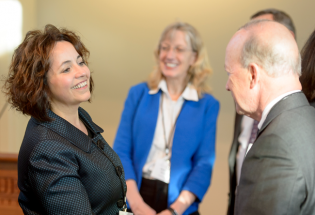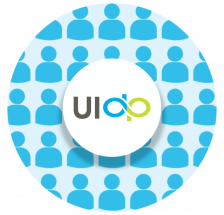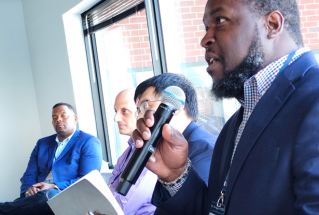Partnering with Industry: Best Practices Module (Page 26)
Transcript of interview with Doug Raines, MD, Edward Mallinckrodt Jr. Professor of Anesthesia in the Field of Pharmacology and Innovation at Harvard Medical School
In looking for the expertise I needed, and the funding as well, I went directly to the Partner’s Innovation Fund and I showed them the preliminary data that I had that we had developed in my lab. My first interaction was not incredibly dissimilar from what I had encountered with industry, in that they said “Come back when you have more data,” but they didn’t want much more data—they just wanted a bit more proof of principal and then they said that they would be interested in both helping me get this project off the ground by starting a start-up company, as well as providing at least some initial seed funding and, if things looked promising, following on with subsequent rounds of funding.
One of the challenges that you often face in academia as you’re trying to advance technology is this tension between the academic point of view; which is openness, publishing, lecturing, telling people what you’re doing in your laboratory and what you’re thinking. And that can feel very strained with the desires of the corporate world, the industry to hold back a little bit as technology is being developed for the logical reason of protecting intellectual property. We took an approach that was very academically oriented, so from the very first moments that we started developing this technology and again, admittedly, after we had declared it and after we had sought the initial patent protection, we published everything. Our successes and our failures. So, beginning around 2008-2009 there are a whole series of articles that were generated from my laboratory that described what we were doing, why we were doing it, how we had succeeded, and the ways in which we failed. And I don’t think that’s had a negative impact at all in terms of the commercialization. In fact, I think it’s had a positive impact because one of the consequences of those publications was ultimately contact by larger pharmaceutical companies saying they had seen the articles, they had seen the progress, and they were interested.
As we moved forward as a company, one of the challenges was to try to evaluate what the potential value of the technology that we were developing. And that had important implications in terms of the ability to ultimately commercialize that technology. So one of the things that we relied on were the venture capitalists to help us do market analysis, to generate data, to interview dozens and dozens of anesthesiologists to try to determine whether there was an actual need to be filled, and to evaluate whether the technology that we developed would adequately fulfill that unmet need. So the people who were investing the money had the most interest, I would say, in being sure their investment was a wise one. And so they did quite a bit of market analysis before their investment.
This interview is from the UIDP module, Partnering with Industry: Best Practices. Download the entire module here:
Download the first module in this series, Compliance, here:



